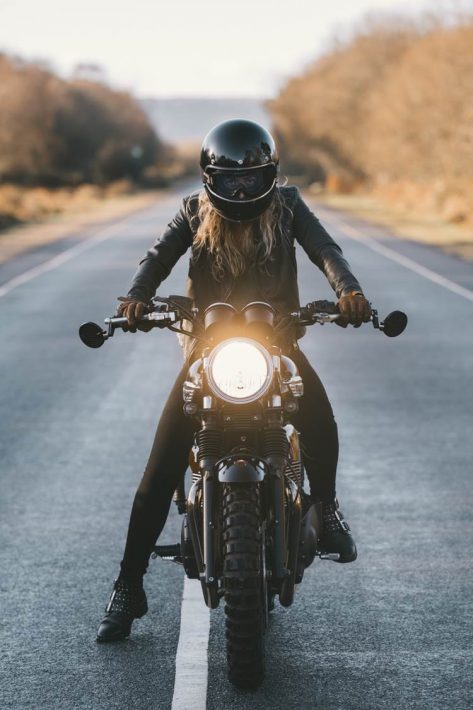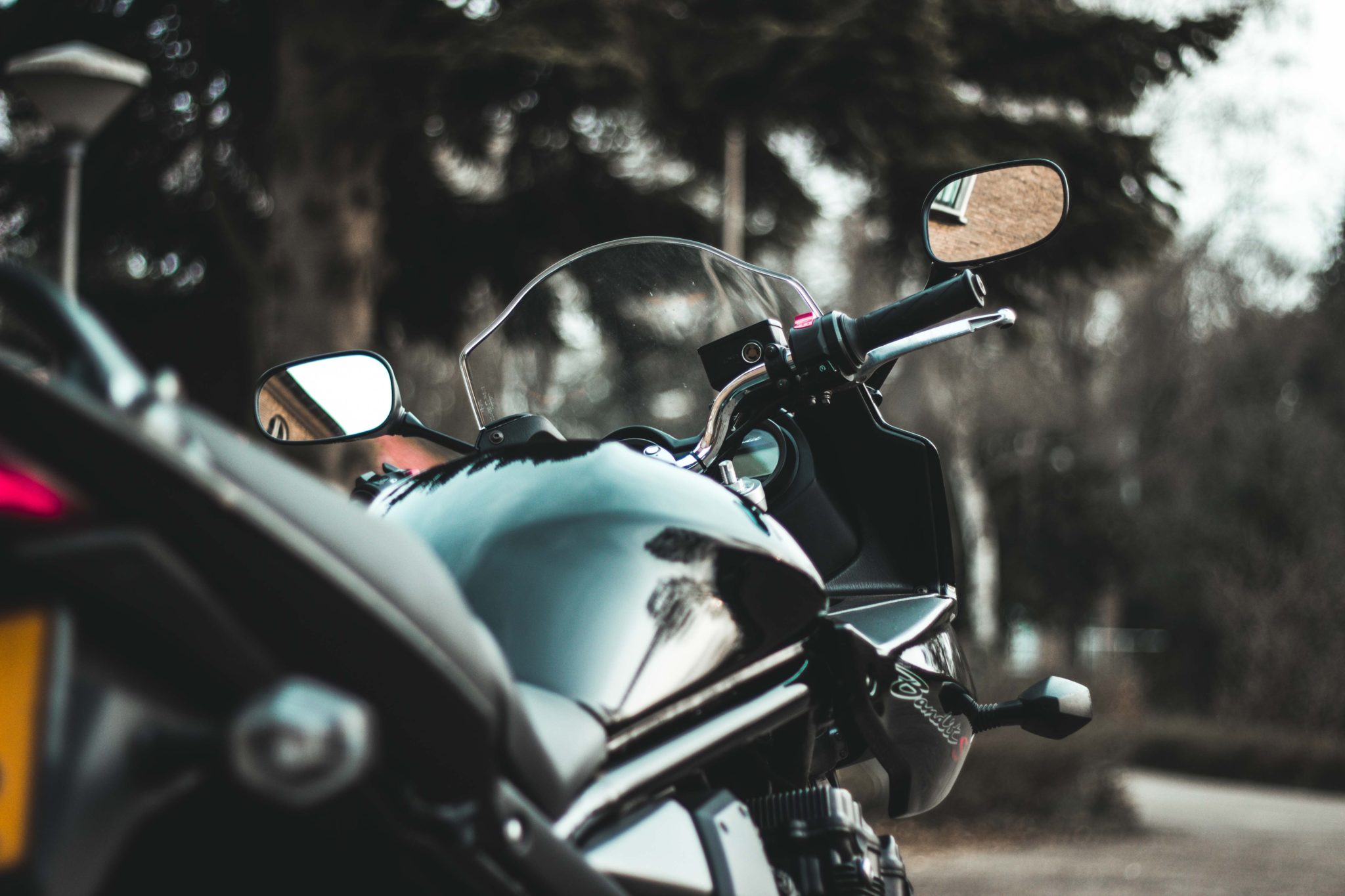Sizing up your options
Before you narrow your choice of bike down to a specific model – and perhaps to make that final decision a little easier – there are a few things to consider. Elsewhere we’ve looked at the different styles of bikes available and dissected the ins and outs of various engine configurations, but there’s one important factor that many new motorcyclists initially overlook: finding a bike that’s the right size for them.
In motorcycle speak ‘size’ can mean one of two things: on the one hand it can be a reference to to engine capacity, on the other it simply means how big a bike is in terms of its physical dimensions. Here, we’re looking at the latter.
One size fits all?
Whilst most bikes are built with a ‘one size fits all’ ethos, the reality is that some riders are left on the margins. For Mr Average this tends not to cause problems, but for anyone at the more extreme ends of the scale, and particularly for Miss/Mrs Average, it can be an issue.
It is of course true that the physical size of bikes tends to increase with the size of engine but, as ever, there are exceptions to the rule. So which dimensions matter? There’s a ‘golden triangle’ of measurements determined by the relationship between the seat, handlebar and footrest positions. This varies depending on the style of machine – a custom or cruiser bike’s measurements will be quite different from those of a super-sports bike on the one hand and a trail/off-road bike on the other.
Top tips to choosing the right motorcycle
Comfort is key
Overall you want to be free to move around on the bike a little bit once moving. Your arms and shoulders should be loose and flexible, and while it’s not a big deal for your legs to have a little stretch down to the footpegs (it’s more important that your feet can reach the ground properly, as we’ll look at below), bigger riders will certainly be uncomfortable over distance if they’re too cramped.
Shorter riders tend to have more problems than taller ones, and the main thing to consider is whether you can put both feet down comfortably when the bike comes to a stop or when manoeuvring into and out of parking spaces. That might sound like a minor concern, but in dense city traffic not being able to touch either foot down properly can be awkward at best or downright dangerous at worst.
Seat height is important
The biggest factor here is seat height, although the width of the seat plays a part too. A wider 
The seat height issue can rule out whole categories of bikes for some riders. Off-road and adventure-type machines, with their long-travel suspension and extra ground clearance, can have exceptionally tall seats. At the other end of the scale, low-slung customs and cruisers usually have very low seats. As a rough guide, a seat height of less than 800mm shouldn’t cause too many problems even for shorter-legged riders, but once again, seat width will also be a factor.
At the extreme ends of the scale, a Honda Africa Twin adventure sports bike, for example, has a seat height of 900mm on the seat’s lowest setting (rising to 920mm), while a Harley-Davidson Sportster Lowrider’s seat height is just 690mm. In riding position terms, that’s an enormous difference.
While a few bikes, such as the Africa Twin mentioned, do have adjustable seat heights, many do not. It is possible to get suspension-lowering kits for some models but these are a pretty crude remedy and they fundamentally alter the chassis geometry, which can have a detrimental effect on handling.
Handlebar positioning
Handlebar position is a key factor, too, especially for those of smaller stature and/or with shorter arms, and again this is very much determined by the style of machine you choose. You don’t want to be stretching out to the handlebars to such an extent that your arms are straight out ahead of you – it reduces control and makes low speed manoeuvres difficult if not impossible. On some bikes the standard handlebars can be adjusted to a degree, or adjustable aftermarket items might help, but these must be fitted correctly, ensuring that the movement and operation of the controls, cables, brake hoses and electrics isn’t compromised.
Consider, too, the reach to the brake and clutch levers – all four fingers should easily be able to operate the lever without having to stretch or adjust the hand’s position on the handlebar grip. Many bikes have a span adjuster on the lever so it can be angled back closer to the handlebar, solving the problem for a lot of smaller-handed riders. If that range of adjustment isn’t enough, more steeply angled adjustable aftermarket levers are also available.
Footrests generally have a fixed position and cause less of an issue provided the overall seat height suits the rider. Aftermarket ‘rearsets’ are available for many bikes, although these tend to be aimed at people who want a sportier riding position and extra ground clearance when leaning over in corners.
Don’t forget to try before you buy
As a rule, riders of XL dimensions and above tend to have fewer problems than those who are more compact. Issues tend to be more comfort-related when on the move rather than problems with reaching the controls or getting both feet safely on the ground. Cramped legs can be a pain, literally, on long runs, and taller riders can suffer from annoying buffeting and windblast even on faired machines when riding at sustained speeds on motorways.
For shorter riders in particular, the most important thing to do is try before you buy. Ideally visit a dealer or two and try a few bikes for size, checking them out for the all-important seat height and ensuring an easy reach to the controls. Bear in mind too that riding kit can restrict your movement on the bike further still, so if you’ve got a jacket, gloves and trousers you can wear, then all the better.
